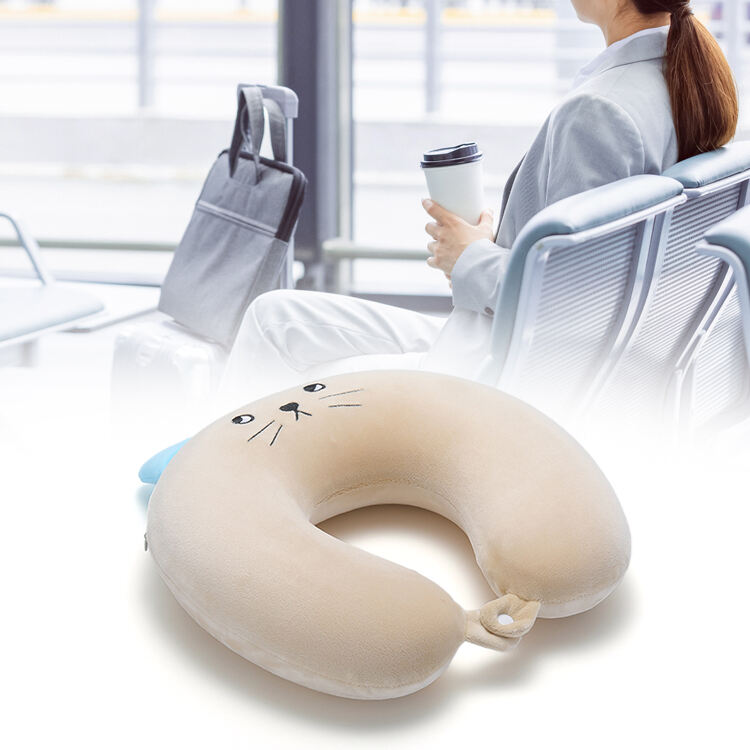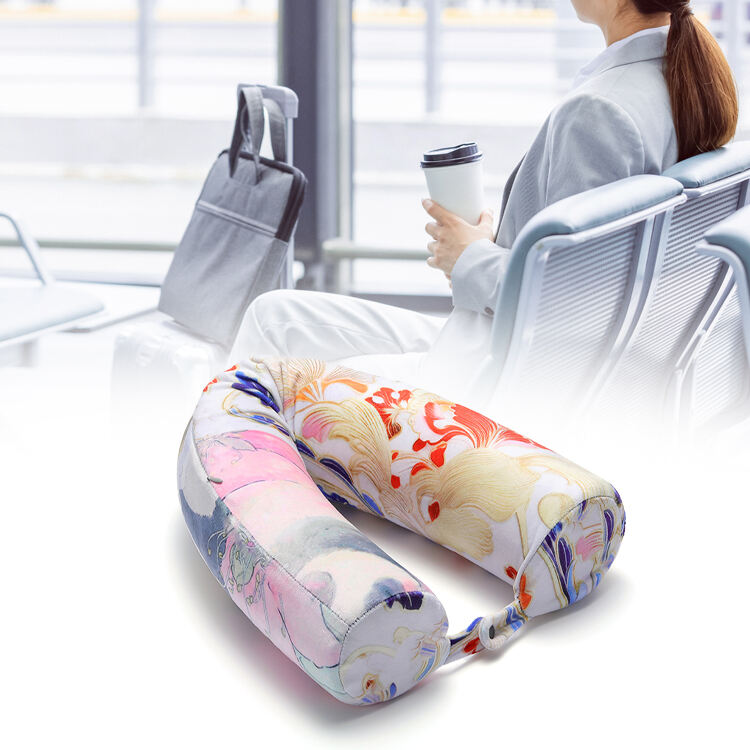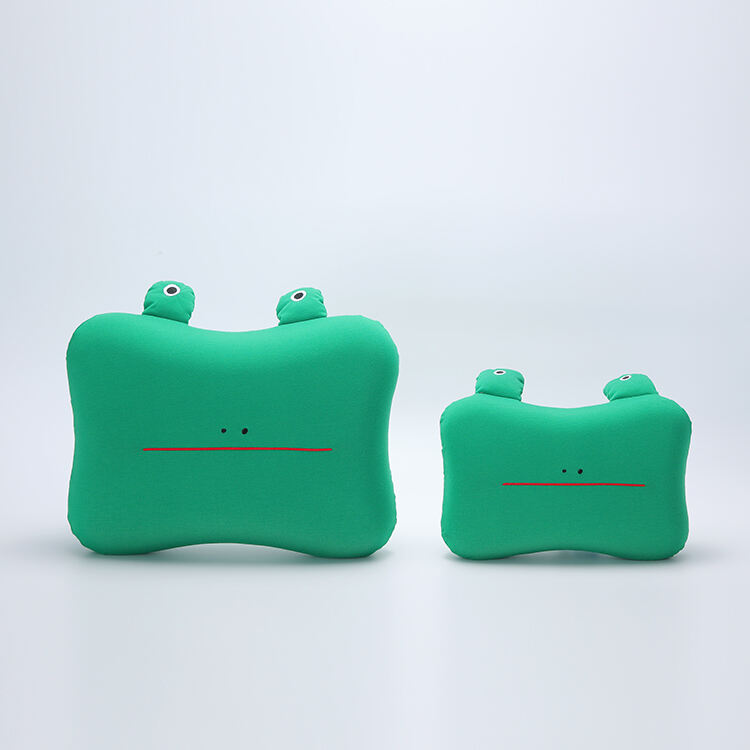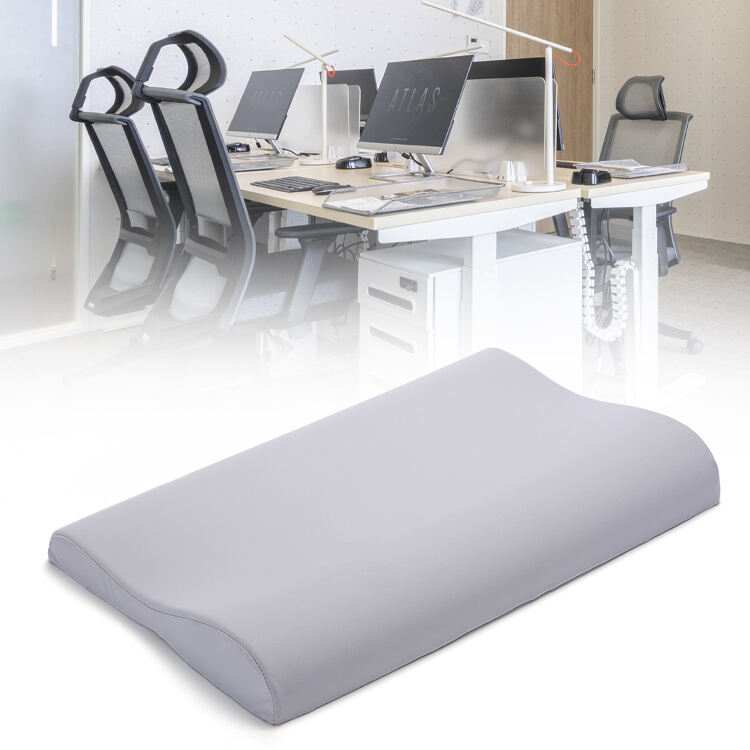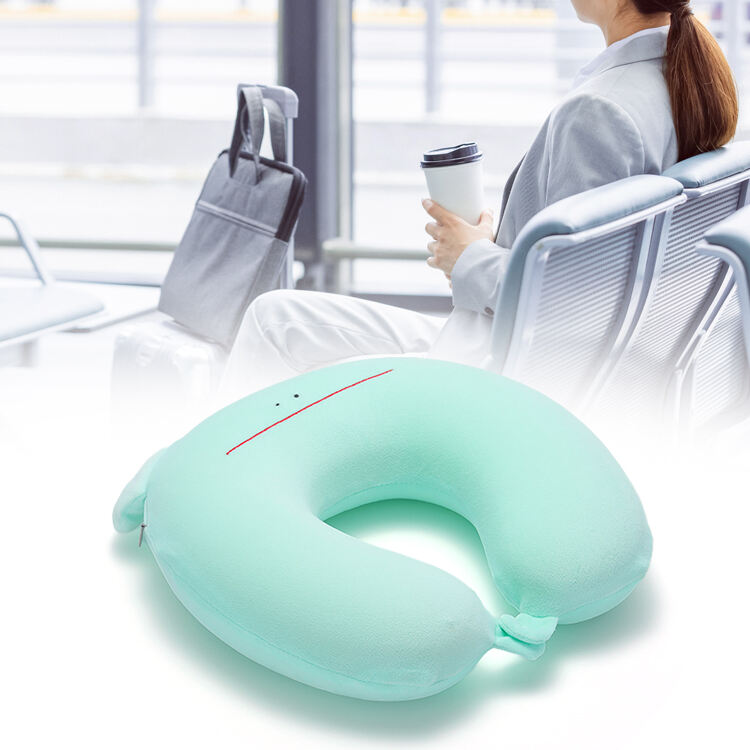The Science Behind Memory Foam's Pain - Relieving Power
Memory foam was first developed for NASA astronauts to help them endure the intense pressure during space travel. Now, this technology has completely changed the design of seat cushions. Different from regular foam or gel cushions, memory foam can shape itself to fit your body. It spreads your weight evenly across the surface of the cushion. This is really great because it directly helps with the areas that usually hurt, like your tailbone (coccyx), hips, and lower back. So, if you have sciatica, a herniated disc, or are recovering from an injury and feeling uncomfortable, memory foam is a great choice. Clinical studies have shown that when memory foam supports your body and gets your pelvis in the right position, it can reduce the pressure on your spine by up to 29% when you sit for a long time.
Choosing the Right Memory Foam Cushion for Your Needs
When you're picking an orthopedic seat cushion, there are three main things to think about: how dense it is, how thick it is, and what shape it has. High - density foam, which is about 4 - 5 lbs per cubic foot, is really good for office chairs as it gives the best support. But if you're using it in a car seat, medium - density foam might be a better option. Usually, a cushion that's 3 inches thick is the best. It gives you a good balance between being comfortable and helping you sit with the right posture. Cushions with a contoured design, especially those with a U - shaped cutout, are great for relieving the pressure on your tailbone. And wedge - shaped cushions help keep the natural curve of your spine. Also, look for a cushion with a CertiPUR - US® certification. This means the materials are not toxic. And make sure it has enough ventilation holes to keep you at a comfortable temperature.
Unexpected Benefits Beyond Pain Relief
Most people get memory foam cushions because they want to manage their back pain. But these cushions have other great benefits too. A 2023 workplace ergonomics study found that office workers feel 37% less tired after an 8 - hour shift when they use these pressure - relieving cushions. The bottom of the cushion is made of non - slip rubber, so it stays in place whether you're driving or working at your desk. The fabric cover is antimicrobial, which means it stops bad smells from building up. Some people even use these cushions as comfortable kneeling pads when they're gardening or meditating. They're also really helpful for people who are recovering from surgery. Many physical therapists suggest memory foam cushions to patients who have had a hemorrhoidectomy or a hip replacement.
Maximizing Your Cushion's Lifespan and Effectiveness
If you want your cushion to last 3 - 5 years, you need to take good care of it. Rotate the cushion once a week. This stops it from getting compressed unevenly. And once a month, let it air out to make it fluffy again. Instead of putting it in the washing machine, spot clean it with mild detergent. This helps keep the structure of the foam cells intact. If you're sensitive to heat, put a breathable cotton cover between your skin and the cushion. This will stop you from feeling too hot. Also, take a standing break every hour. Set a reminder on your phone to stretch and change the way your weight is distributed. If you can, use an adjustable standing desk with your cushion. This will create a really good ergonomic workstation that's great for your spine in the long run.
Debunking Common Myths About Seat Cushions
Many people think that the thicker the cushion, the better. But that's not true. If a cushion is too thick, it can put extra strain on your knees and hips. Memory foam doesn't make you feel hot if it's well - ventilated. New open - cell designs can reduce heat retention by 40% compared to the memory foam in 2010. Some people might say all cushions are the same, but density tests show that there are big differences in quality. High - quality foam can bounce back completely within 5 seconds after being compressed, while cheaper foam takes 15 seconds or more. It's important to know that cushions aren't just for people who already have pain. If you use them regularly, they can help prevent long - term problems for people who work at desks or drive a lot.


